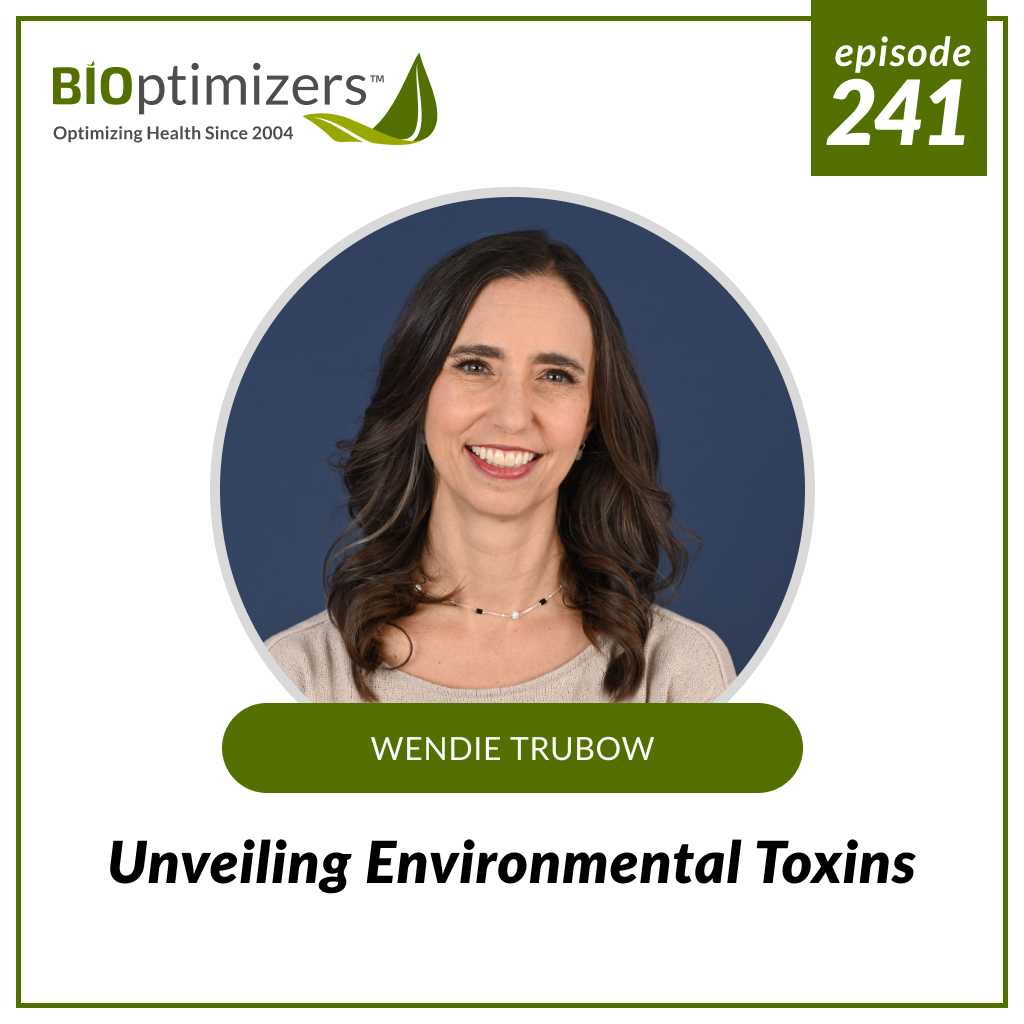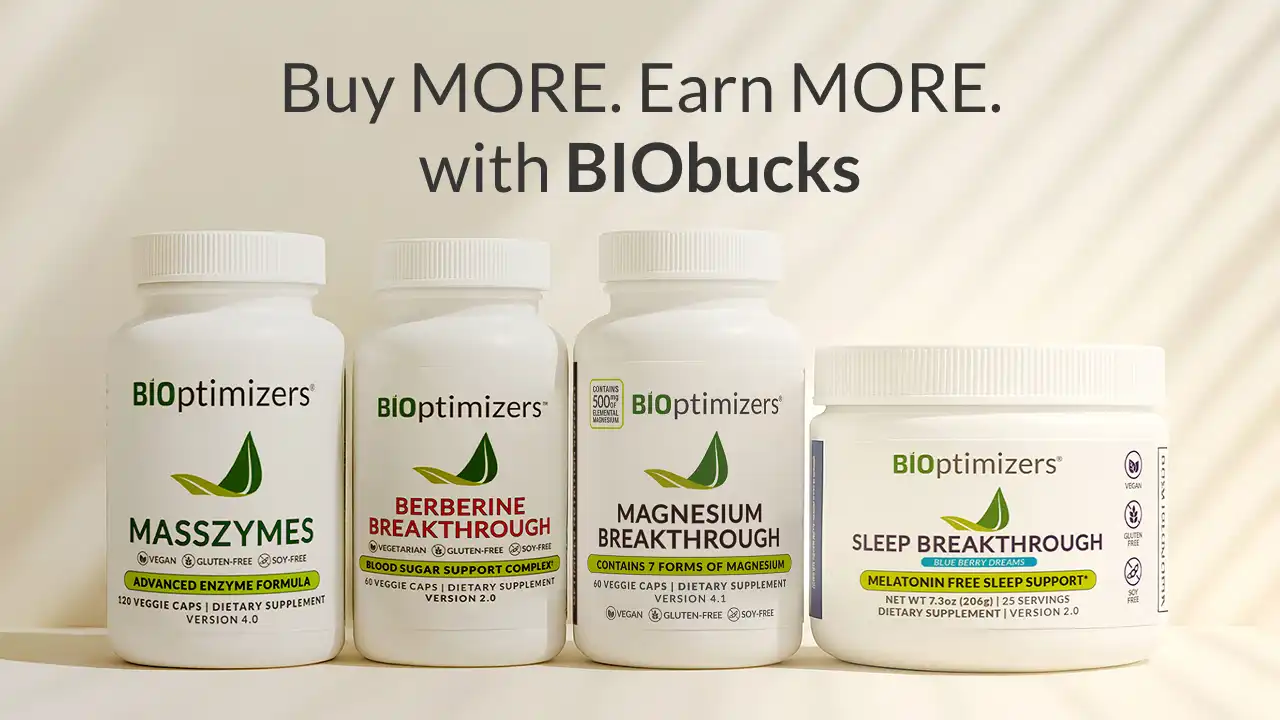241: Unveiling Environmental Toxins: Assess, Detoxify, and Thrive – with Wendie Trubow

In a world filled with unseen environmental toxins, it’s crucial to understand the common types and sources of these harmful substances that permeate our daily lives.
Wendie Trubow, a functional medicine practitioner, sheds light on the pervasive nature of environmental toxins and the importance of evaluating individual risks of exposure. This podcast explores common types and sources of environmental toxins and discusses approaches to assess and mitigate these risks.
Types and Sources of Environmental Toxins
Wendie Trubow highlights various types and sources of environmental toxins that individuals may encounter in their day-to-day activities. These include:
- Mold and Water Damage: Trubow emphasizes that one out of every two buildings in North America has experienced water damage, leading to mold growth. Mold exposure can result in a range of health issues, from respiratory problems to skin rashes and gut disturbances.
- Chemicals in Everyday Products: Common items such as perfumes, construction materials, new cars, furniture, and nail polish emit harmful chemicals. Trubow’s personal experience reveals that seemingly harmless products can contribute to a toxic load in the body.
- Gasoline Fumes and Flame Retardants: Gasoline fumes and flame retardants found in various products, including beds, pose health risks. Trubow emphasizes the importance of testing environments for these toxins.
- Everyday Habits: Routine activities like wearing shoes indoors, using scented candles or plugins, and dry cleaning clothes introduce additional toxins into our living spaces.
- Air and Water Quality: Gas stoves, untreated water, and pollution can impact air and water quality, contributing to the overall toxic burden.
- Personal Care Products: Hair dyes, styling products, makeup, and skincare items may contain harmful chemicals that are absorbed through the skin.
- Dietary Choices: Trubow highlights the role of diet in toxin exposure, emphasizing the need to choose organic and clean foods to reduce pesticide and chemical intake.
Evaluating Individual Risks and Detoxification Approaches
Trubow provides valuable insights into evaluating individual risks and implementing detoxification strategies:
- Testing and Assessment: Individuals can use home testing kits or consult professionals to assess mold levels in their environment. Trubow recommends testing homes, workplaces, and even vehicles for mold.
- Detox Protocols: Once aware of toxin exposure, individuals can follow detox protocols, including the use of binders, sauna therapy, Epsom salt soaks, and other interventions to eliminate toxins from the body.
- Lifestyle Modifications: Trubow emphasizes the significance of foundational behaviors, such as stress management, adequate sleep, regular exercise, and minimizing alcohol consumption, as essential components of a detox lifestyle.
- Dietary Changes: Eating a nutrient-rich, plant-based diet with detox-promoting foods like cilantro, turmeric, and garlic supports the body’s natural detoxification processes.
- Mindful Living: Trubow introduces the concept of stages of detoxification, emphasizing self-compassion and acknowledging that perfection is not the goal. She encourages individuals to stay engaged in the detoxification journey and make continuous improvements.
In this podcast, you will discover:
-
The prevalent sources of environmental toxins in daily life.
-
How to comprehensively assess your individual risks of toxin exposure.
-
Effective and practical detoxification strategies to safeguard your health.
-
The significant influence of lifestyle modifications in reducing toxin impact.
-
The importance of embracing a mindful living approach in a world filled with environmental toxins.
EPISODE RESOURCES:





